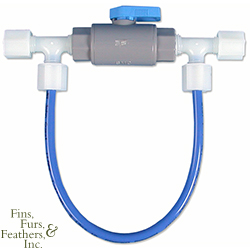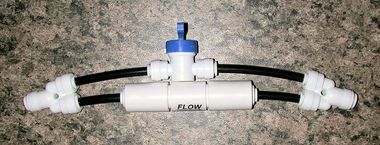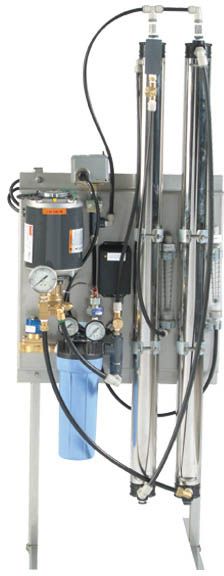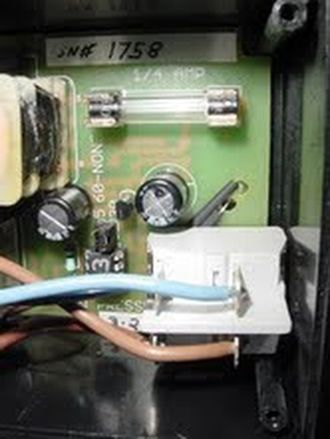How Reverse Osmosis Flush Valves Work
Flush valves are used on some but not all reverse osmosis units. If you have a standard undersink RO unit, it probably doesn't have one. (And you probably don't need one.)
If you have a whole house unit, it probably was factory fitted with an automatic flush system.
The purpose of the flush system is to help prevent scaling or fouling of the RO membrane(s) by providing a rapid rinse which washes away impurities and keeps the membrane clean.
Undersink Systems
As stated, undersink RO units are not normally fitted with flush valves, but these can be easily added. They are commonly manually controlled, but sophiticated electronic flush valves can be purchased for undersink units.
Pictured is a popular style of manual flush that can be added to an undersink system.

The auto flush kit is installed into the RO unit's drain line. (The regular flow restrictor for the drain line must be removed.) The valve is opened for a few seconds to flush the membrane, then the valve is closed and water is sent through a flow restrictor installed in one of the tees. The picture shows the flush system in flush position; the valve would be closed for normal service operation.
Below is a more sophisticated system:

This style simply inserts into the drain line. It is shown in service position. Opening the valve (blue handle) turns on the flush function by allowing water to go around the flow restrictor (shown with the word "Flow" in the picture).
Large RO Units
Large, whole house reverse osmosis unit normally use electronic flush systems, but their operation is similar to the small ones. A valve opens allowing water to flow rapidly around the drain line flow restriction system and out the drain. The membrane is flushed in the process.
Since large RO units often operate in waters that are much higher in dissolved solids, their membranes are in greater danger of fouling and scaling. Sometimes very frequent flushing is needed, and sophisticated control systems can be programmed to control the process. A common setup, for example, might be a two-minute rinse each time the unit starts, plus a 2-minute rinse each hour during operation.
In the Watts R12 RO unit below, the black box in the center of the unit--to the left of the membrane housing--is the control device for the auto-flush system.

Here is what the box looks like on the inside:

Controls inside the box allow adjustment of flush frequency and duration.
To adjust the flush length, turn the "on" pot on the timer module. Turning it clockwise increases the flush time and turning it counter clockwise reduces the flush time.
Drain line flush systems are desirable on large RO units, but on small undersink units they are usually not needed.